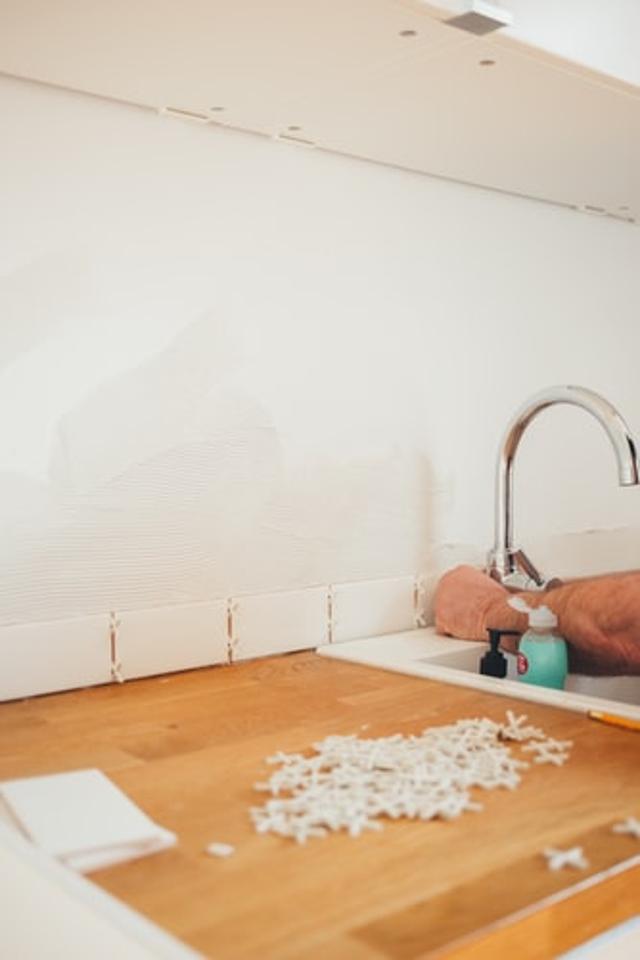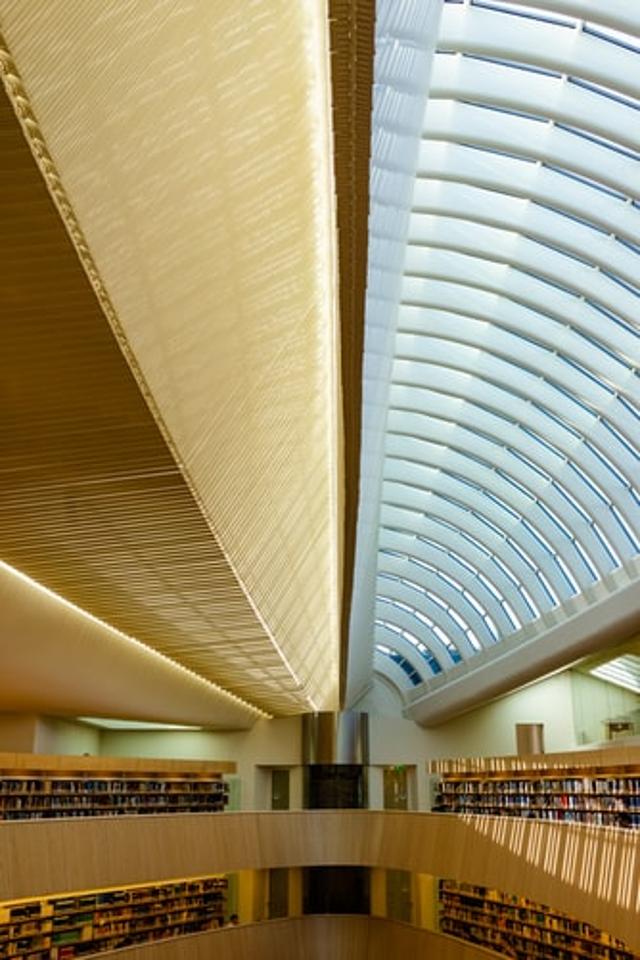Room
Acoustic and Thermal Insulation
Oct 1 2021
Insulation in a building refers to using any effective material as insulation for many purposes, mainly to improve the comfort level and safety of building occupants. There are a few types of insulation, whilst thermal insulation is commonly used for building insulation.
Heat will always travel from a hot place to the a colder area. Heat travels through a building envelope by means of convection, conduction and radiation. Convection is the circulation of heat. As the air becomes warm, it rises and carries heat away from walls. As hot air rises, cold air is drawn in to replace the raised air. This explains why the second floor always feels warmer than the ground floor in a double-storey house. Conduction is another means of heat travelling through a solid material, where heat is transferred from a hotter area to a colder area. Conduction occurs when the heat from the warmer outside wall is transferred to the colder inside wall. Conduction is not limited only to the wall, heat can be conducted through the entire building envelope, including the roof and foundation. Radiation is a radiant heat source that warms the building envelope. For example, a roof absorbs the radiation, the heat is being transferred from the roof to the ceiling. Therefore, heat or thermal insulation is a way to prevent heat transfer by convection, conduction, and radiation. The materials used as thermal insulators are usually poor thermal conductors. They can greatly reduce heat from getting in a building or contain heat from escaping the building.
Acoustic insulation is useful for the construction of theatres, auditoriums, cinemas, karaoke clubs, libraries, etc. Sound travels in the form of longitudinal waves and travels fastest in solids, and slowest in the air by vibration. Sound can be reflected from a hard and smooth surface, absorbed by materials with high absorption power, or insulated which prevents sound from passing through the insulation.
Heat will always travel from a hot place to the a colder area. Heat travels through a building envelope by means of convection, conduction and radiation. Convection is the circulation of heat. As the air becomes warm, it rises and carries heat away from walls. As hot air rises, cold air is drawn in to replace the raised air. This explains why the second floor always feels warmer than the ground floor in a double-storey house. Conduction is another means of heat travelling through a solid material, where heat is transferred from a hotter area to a colder area. Conduction occurs when the heat from the warmer outside wall is transferred to the colder inside wall. Conduction is not limited only to the wall, heat can be conducted through the entire building envelope, including the roof and foundation. Radiation is a radiant heat source that warms the building envelope. For example, a roof absorbs the radiation, the heat is being transferred from the roof to the ceiling. Therefore, heat or thermal insulation is a way to prevent heat transfer by convection, conduction, and radiation. The materials used as thermal insulators are usually poor thermal conductors. They can greatly reduce heat from getting in a building or contain heat from escaping the building.
Acoustic insulation is useful for the construction of theatres, auditoriums, cinemas, karaoke clubs, libraries, etc. Sound travels in the form of longitudinal waves and travels fastest in solids, and slowest in the air by vibration. Sound can be reflected from a hard and smooth surface, absorbed by materials with high absorption power, or insulated which prevents sound from passing through the insulation.
Thermal insulation on the building envelope is a way to keep the indoor temperature at a comfortable level, apart from installing heating or air conditioning units. It is essential to take into consideration the energy transfer for a building as energy can be conserved through controlling the heat energy transfer. Reducing the thermal energy transmission helps to keep a cold interior environment cooler and a heated interior environment warm, depending on the owner's needs. Generally, choosing the most suitable type of insulating materials very much rely on the climate and the degree of insulation (R-value) of the insulation material.
There is a variety of insulation in the market to meet various building insulation purposes. For instance, batt insulation is a type of insulation method to fill up or seal the cavities between the framing in the walls, floors, and ceilings. The materials for this approach can either be fibers made from minerals, plastics, wool, or cotton. Foam board made of polystyrene or polyurethane is also used for thermal insulation. It is usually covered with a gypsum board when applied to the interior wall. Nonetheless, it is a popular insulating material for wall sheathing and sealing gaps and are easily customisable to any size. To stop heat transfer by radiation, white paint is a direct approach to reflect heat. Besides that, a sheet of aluminium as a radiant barrier is usually installed on the underside of the roof to reflect heat away from the building. In addition, window glazing is also a material used to reflect heat away from the building in places with a hot climate. Other forms of thermal insulations are such as liquid foam which contains cementitious or other materials that are either injected, or sprayed into walls and floors; autoclaved aerated concrete (AAC) which is lightweight and allows concrete to breathe; fiberboard; structural insulated panels; and insulating concrete forms.
There is a variety of insulation in the market to meet various building insulation purposes. For instance, batt insulation is a type of insulation method to fill up or seal the cavities between the framing in the walls, floors, and ceilings. The materials for this approach can either be fibers made from minerals, plastics, wool, or cotton. Foam board made of polystyrene or polyurethane is also used for thermal insulation. It is usually covered with a gypsum board when applied to the interior wall. Nonetheless, it is a popular insulating material for wall sheathing and sealing gaps and are easily customisable to any size. To stop heat transfer by radiation, white paint is a direct approach to reflect heat. Besides that, a sheet of aluminium as a radiant barrier is usually installed on the underside of the roof to reflect heat away from the building. In addition, window glazing is also a material used to reflect heat away from the building in places with a hot climate. Other forms of thermal insulations are such as liquid foam which contains cementitious or other materials that are either injected, or sprayed into walls and floors; autoclaved aerated concrete (AAC) which is lightweight and allows concrete to breathe; fiberboard; structural insulated panels; and insulating concrete forms.
In terms of design-wise, we can do more than just purely relying on our materials to be used such as foam, fibreglass, wool or any insulating-friendly infill to enhance. For instance, coupling with glass that has the function of diverting the heat energy through reflection as well as lower absorption-cum-releasing rate for heat and sound will make sense to achieve our objectives of both. In addition, many designers will recommend installing a thicker type that has a double layer to actually create more space for heat to cool down, with the noise vibration to be also channelled into the ideal direction.
Nevertheless, there are also other elements essential to safeguard your properties from exposure to noise pollution as well as high temperature from the hot sun. Exterior and interior can have reinforcement to work on, such as painting some heat-resistant coating that is able to block the penetration, slow down or cool down to the specified warmth intensity required. On the other hand, some of the setups like sun louvre, aluminium composite panels or awnings can also function as sunblock as well as noise diversion to multiple directions. Of course, if electricity bills are concerned, we can use self-sustainable, self-powered or recyclable mechanisms to replace the utilization of fans or air-conditioning units.
Nevertheless, there are also other elements essential to safeguard your properties from exposure to noise pollution as well as high temperature from the hot sun. Exterior and interior can have reinforcement to work on, such as painting some heat-resistant coating that is able to block the penetration, slow down or cool down to the specified warmth intensity required. On the other hand, some of the setups like sun louvre, aluminium composite panels or awnings can also function as sunblock as well as noise diversion to multiple directions. Of course, if electricity bills are concerned, we can use self-sustainable, self-powered or recyclable mechanisms to replace the utilization of fans or air-conditioning units.
Sound Insulation Materials
Polystyrene / Polyurethane Foam Board
Wood Particle Board
Acoustic Plaster
Perforated Wood Fibre Board
Double Wall Partition
Rigid Homogeneous Wall
Cavity Wall
Heat Resistant Materials
Blanket and Batt Insulation
Cementitious Thermal Barrier
Autoclaved Aerated Concrete (AAC)
Aluminium Foil
Fireboard Insulation
Structural Insulated Panel
Insulating Concrete Form
Contact us today for your Insulation Materials & Services in Malaysia.











